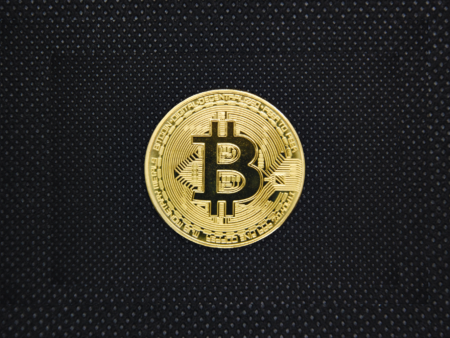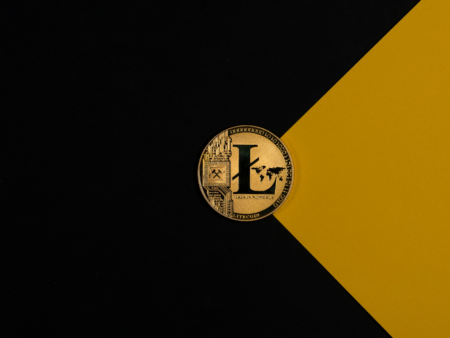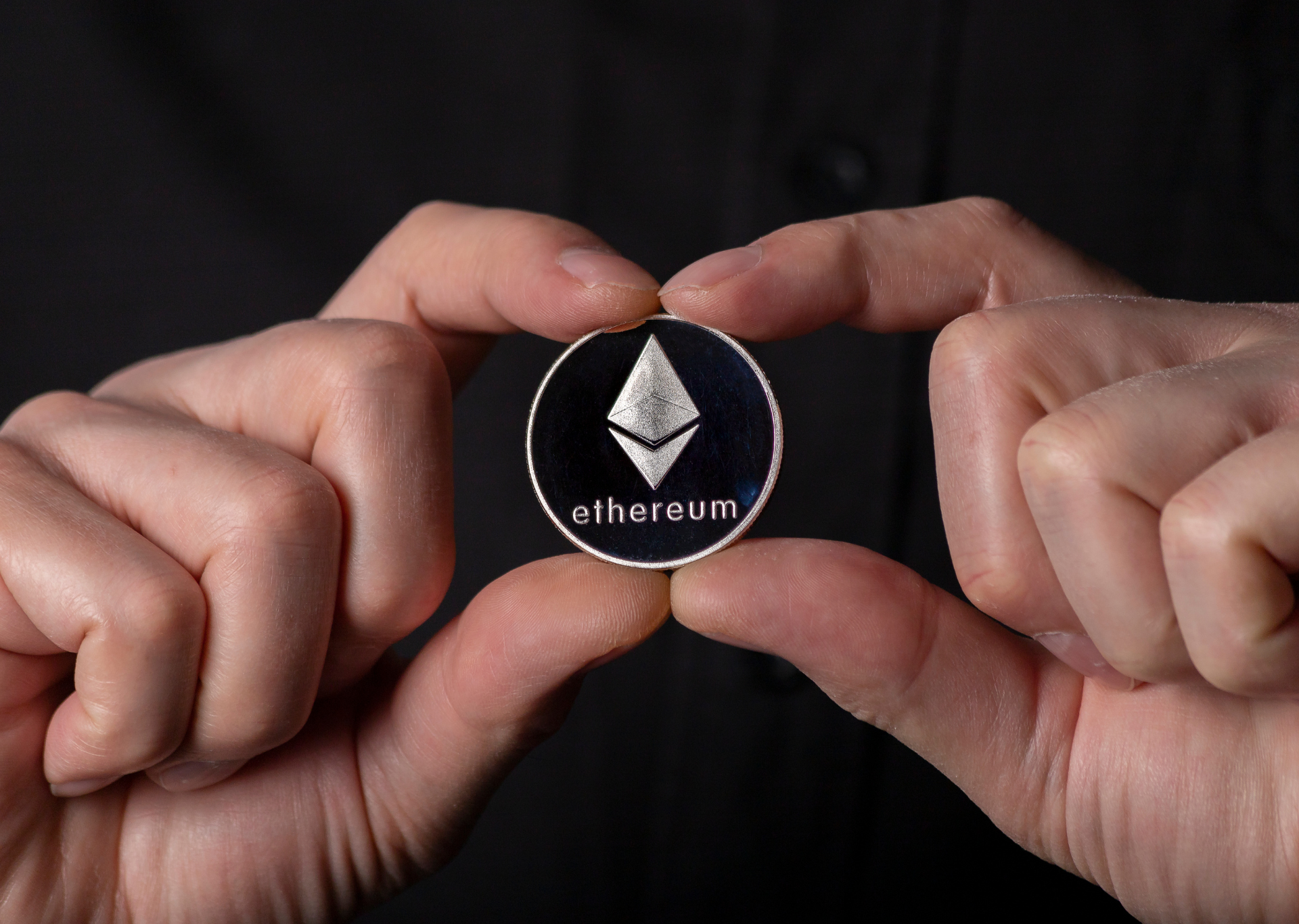The actions were taken when authorities seized New York-based Signature Bank, the second failed bank in a short period of time.
The stablecoin USD Coin had over 70% of the on-chain transaction traffic on Ethereum before to the Silicon Valley Bank (SVB) crisis, suggesting its popularity within the DeFi and NFT community.
This is what the on-chain data reveals on cryptocurrency’s response to Silicon Valley Bank’s failure and the depegging of USDC, after a thorough study by Chainalysys.
difficulties with cryptocurrency: USD Coin and the funds placed with SVB
Three medium-sized banks failed last week, raising concerns of a wider, panic-driven bank run.
Despite the fact that these worries continue, it seems that depositors at the three banks—Silicon Valley Bank (SVB), Silvergate Bank, and Signature Bank—that were shuttered over the weekend will be able to access their money.
Cryptocurrencies have been significantly impacted by all three bank collapses. Circle, the company that issued USDC, had $3.3 billion deposited with Silicon Valley Bank, which made up around 8% of the money supporting USDC.
While the peg has subsequently been restored, worries about those deposits caused USDC to lose it over the weekend. The episode underscores concerns about the counterparty risk posed by off-chain transactions for stablecoin and other crypto asset issuers.
Given that Silvergate and Signature were two of the biggest US banks serving bitcoin startups, their closures are perhaps even more important.
While this does not return the cryptocurrency sector to the early 2010s, when finding banking partners was almost impossible, these closures severely restrict American banking alternatives in the market and may make it more difficult for cryptocurrencies to develop.
After SVB, USD Coin loses its dollar peg.
What, however, took place over the weekend? We see that cryptocurrency exchanges evaded custody when USDC became unstable as a result of Silicon Valley Bank’s bankruptcy (SVB).
The latter offered business banking services to a sizable number of venture-backed digital businesses.
Several of these businesses rushed to withdraw their money from SVB as news spread that the bank would not be able to pay its debts since the value of the government bonds they had recently acquired had been sharply dropping as a result of recent interest rate rises.
The final disaster was the run on the branches, which prevented many SVB clients from transferring their money before the bank entered receivership and withdrawals were halted.
Other cryptocurrency firms have collaborated with SVB, but none are more important to this tale than Circle, the company behind the very well-liked USDC stablecoin.
On Friday, March 10, just after 10 PM (ET), Circle revealed that it had $3.3 billion locked up in SVB, or around 8% of the reserves underpinning USDC, and validated the rumours that were circulating.
Very shortly after, USDC lost its peg to the US currency. After Circle’s statement at 2 AM on March 11, USDC’s value fell to $0.87, and despite some recovery over the next few hours, it stayed below its $1 objective throughout the weekend.
This reduced the value of many people’s bitcoin holdings and caused the liquidation of several trading positions within the cryptocurrency community.
Outflows from centralised cryptocurrency assets soared, as they often do under volatile market conditions, perhaps because users were concerned that they may collapse and prevent them from accessing their money, as occurred to so many following the loss of FTX.
According to CoinGecko, stablecoin statistics for 2023
Digital currencies have grown more important as the financial industry grows more and more computerised. Yet the volatility of digital currency or cryptocurrencies is one of their main problems.
Due to its capacity to provide the benefits of both virtual and conventional fiat currencies, stablecoins have seen tremendous growth in popularity in recent years. Stablecoins connect the worlds of digital and fiat currencies by maintaining a 1:1 peg to a reserve asset or algorithm.
Stablecoins have a $138.4 billion market value as of January 31, 2023. Since January 2022, the market capitalization of stablecoins has dropped by $29.5 billion, although Dollar Coin (USDC) and Binance USD (BUSD) have increased their market share.
The total stablecoin market capitalization was $167.9 billion at the beginning of the year 2022 and $138.4 billion at the conclusion of the year 2023. The market capitalization of all stablecoins decreased by 17.6%, or $29.5 billion, throughout this period.
With the exception of USDC and BUSD, all stablecoins saw a comparable fall in their own market capitalization. Tether (USDT) lost 13.5% on an annualised basis, while Dai (DAI) and Frax (FRAX) both lost 42.7% and 43.5%, respectively.
Only USDC and BUSD saw an increase in absolute market capitalization, with BUSD surpassing growth at 8.9% and USDC increasing by 1.2%. The average loss for the last eight stablecoins was 67.5%.
PlayStation Blockchain Interest Is Confirmed by Sony NFT Patent.
- Sony is investigating NFTs once again.
- The gaming and console manufacturer has submitted a patent for NFTs.
Sony aims to warm things up by re-exploring the technology as the NFT industry continues to suffer from the consequences of the previous crypto winter. The entertainment firm is eager to provide a strong foundation for NFTs in its games and consoles, as seen by a recent patent application.
A Stable Foundation
Sony Interactive Entertainment filed a patent for “NFT System for Moving and Utilizing Digital Assets Across Gaming Platforms” on March 16, 2023, and it was published on March 16 of that year. In the latest file, Sony examines a framework for deploying NFTs across platforms and generations, including Microsoft and Nintendo consoles, PCs, VR and augmented reality headsets, and more.
The global leader in technology examines a wide range of application scenarios, including NFT-locked gameplay, limited-use in-game chores, and others. The company’s passion for developing a strong NFT framework that enables players to acquire or transfer ownership utilising digital assets, among other benefits, is evident in the patent application.
According to the study, the mechanisms in place are not sufficiently advanced to allow gamers to utilise their assets across various platforms and games. NFTs, on the other hand, provide players the option to utilise an asset and grant others the only right to use it, which might improve a game’s functioning.
The patent also suggests a method that uses NFTs to reward a restricted group of participants. For instance, players who complete a level first may be rewarded with a unique NFT that gives them access to exclusive in-game products or privileges.
In the most recent Sony filing, it is also mentioned that users would be able to share their in-game progress through NFTs. The game may then be resumed by new owners with the same stuff, points, and level as when the previous owner last left it.
In order to reward champions in various tournament brackets with unique NFTs or perhaps “blockchain-based cash,” the business is also interested in bringing NFTs to cross-platform esports. The patent encourages utilising those NFTs to “buy in” and participate in the tournament’s subsequent rounds, or to transfer it to another participant who wants to go on playing.
It’s important to notice that Sony doesn’t specify in its submission how it intends to put its proposals into practise. Yet it’s obvious that the business intends to use Web3.
On the other hand
- Sony suggested tokenizing in-game digital assets, such as cosmetics, gameplay, and stats, in the prior patent.
- Sony said in its most recent patent that it plans to use NFT capabilities without relying on the authentication procedure used by blockchain networks. The entertainment firm may once again suggest employing a comparable digital asset in place of those related to cryptocurrencies. The latest filing from the corporation, however, makes a suggestion that “blockchain-based money” would be used.
Why It’s Important
Sony’s suggestion may not be implemented, but it makes important points for the sector. Despite having a bad reputation for isolated experiences, the business might reach out to other platforms using NFTs.
Moreover, Sony’s use of NFTs in its games and system might encourage positive adoption and make its games more entertaining and motivational.
Update on Sony’s most recent patent:
Sony’s patent reveals that PlayStation will use Web 3.0 technology to track the ownership of digital assets.
Learn about Coinbase’s plans for NFTs here.
Coinbase Launches Creator Hub to Simplify NFT Creation











